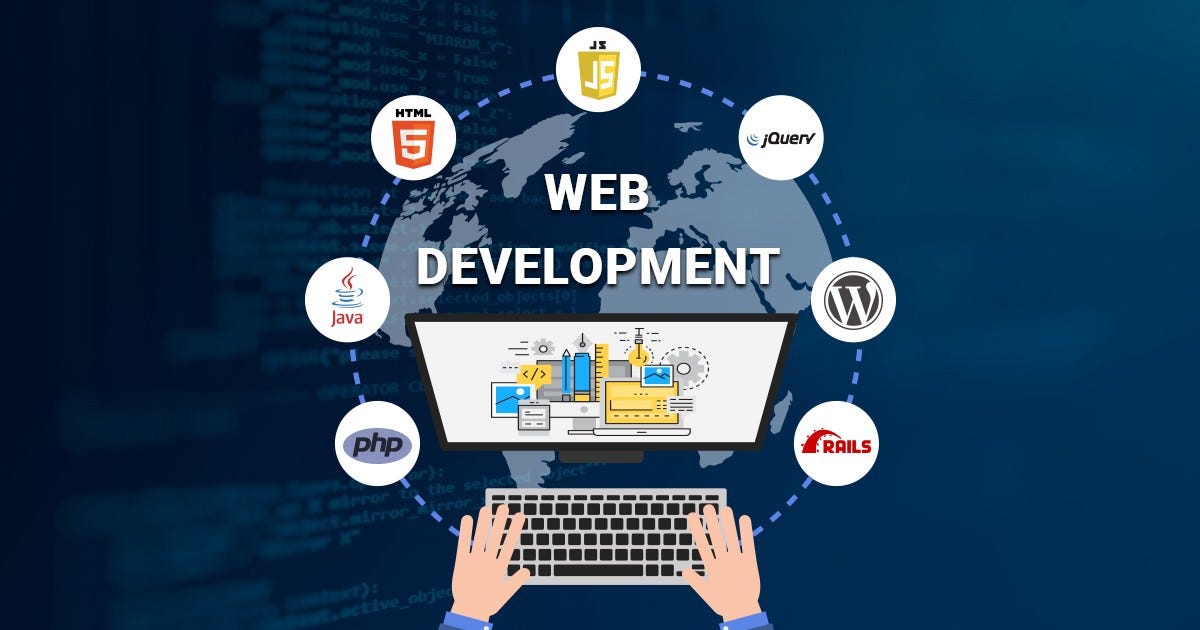Unlocking the Potential: Navigating the World of Website Development
Unlocking the Potential: Navigating the World of Website Development
Blog Article
Today, in the age of digitalization web-based presence for businesses is paramount to its success. A well-designed website serves as an online storefront that is able to attract prospective customers and enthralling them. Development of web-based websites has accelerated through the years, and has adapted to new technologies and shifting users' expectations. From static websites to highly interactive, dynamic websites, the landscape of web development will continue to grow and offer endless opportunities for both individuals and businesses alike.
The process of developing a website begins with meticulous planning and strategizing. Knowing the goal of the site, who it is intended for as well as desired functions is important in building a solid foundation. The initial stage sets the direction for the whole design process and guides decisions about design aesthetics, navigation structure, and content organization. When aligning these components with general goals, they can ensure that the end product will resonate with its target users.
User experiences (UX) is a pivotal element of web development that directly influences the level of satisfaction as well as engagement. UX design is the process of creating user-friendly interfaces and optimizing usability to make sure that users are able to effectively achieve their objectives. This includes everything from responsive designs for smartphones to user-friendly navigation menus, and clearly defined instructions to take. By prioritizing user experience, website developers can enhance interaction, lower bounce rates, and ultimately increase conversions.
Today's digitally dynamic landscape Website Development have to not be static websites; they have to be flexible and responsive in response to changes and demands. CMS for Content Management (CMS) like WordPress, Drupal, and Joomla empower website owners to control and edit their website's information with ease without requiring technical know-how. The platforms provide a wide range of plug-ins and templates that can be customized to allow for greater the flexibility to scale and adapt as companies grow and evolve. Furthermore, the integration of features such as e-commerce functionality, multimedia content, and social media integrations can boost the site's functionality and increase the level of engagement for users. To obtain further details kindly go to www.iabcd.cn
Beyond technical issues, website development also encompasses the creative process of designing the most appealing and intuitive interface. User experiences (UX) design focuses on understanding the requirements and habits of site visitors and creating an intuitive and pleasurable browsing experience. The process involves wireframing, prototyping as well as usability tests to refine the layout, navigation as well as the interactive aspects of the website. A user-friendly interface designed well does more than just increase engagement, but adds value to the brand's identity and trustworthiness.
Accessibility is a second aspect of developing websites that can be overlooked, yet is critical to ensure that the site's content is inclusive. Websites need to be created and developed using accessibility as a primary consideration to ensure that every user, including those with disabilities are able to access and interact with the content effectively. It is important to adhere to web accessibility standards, such as the Web Content Accessibility Guidelines (WCAG) and the WCAG, which provide guidelines for designing accessible digital experience. By embracing accessibility principles that website designers can connect with more people and display the commitment to inclusion and diversity.